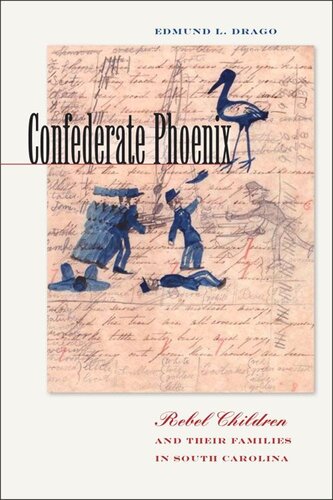

Most ebook files are in PDF format, so you can easily read them using various software such as Foxit Reader or directly on the Google Chrome browser.
Some ebook files are released by publishers in other formats such as .awz, .mobi, .epub, .fb2, etc. You may need to install specific software to read these formats on mobile/PC, such as Calibre.
Please read the tutorial at this link: https://ebookbell.com/faq
We offer FREE conversion to the popular formats you request; however, this may take some time. Therefore, right after payment, please email us, and we will try to provide the service as quickly as possible.
For some exceptional file formats or broken links (if any), please refrain from opening any disputes. Instead, email us first, and we will try to assist within a maximum of 6 hours.
EbookBell Team

4.1
10 reviewsIn this innovative book, Edmund L. Drago tells the first full story of white children and their families in the most militant Southern state, and the state where the Civil War erupted. Drawing on a rich array of sources, many of them formerly untapped, Drago shows how the War transformed the domestic world of the white South. Households were devastated by disease, death, and deprivation. Young people took up arms like adults, often with tragic results. Thousands of fathers and brothers died in battle; many returned home with grave physical and psychological wounds. Widows and orphans often had to fend for themselves. From the first volley at Fort Sumter in Charleston harbor to the end of Reconstruction, Drago explores the extraordinary impact of war and defeat on the South Carolina home front. He covers a broad spectrum, from the effect of “boy soldiers” on the ideals of childhood and child rearing to changes in education, marriage customs, and community as well as family life. He surveys the children’s literature of the era and explores the changing dimensions of Confederate patriarchal society. By studying the implications of the War and its legacy in cultural memory, Drago unveils the conflicting perspectives of South Carolina children—white and black—today.